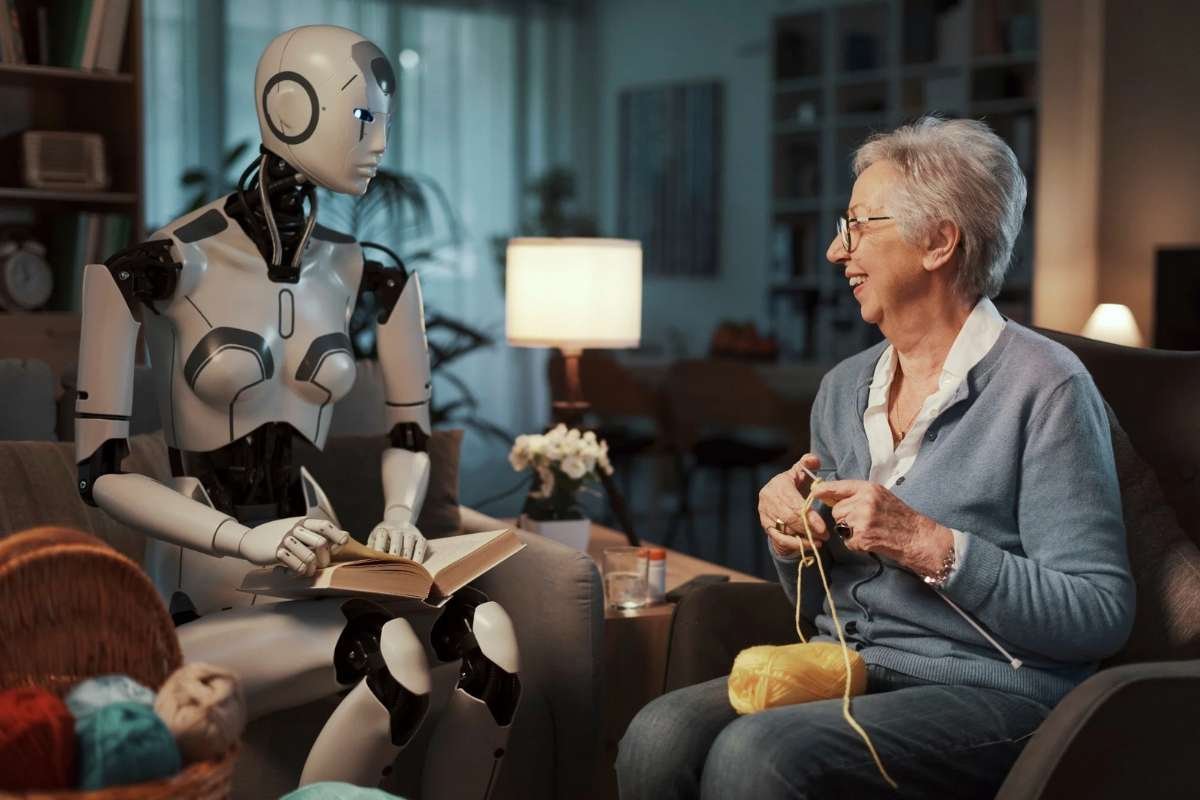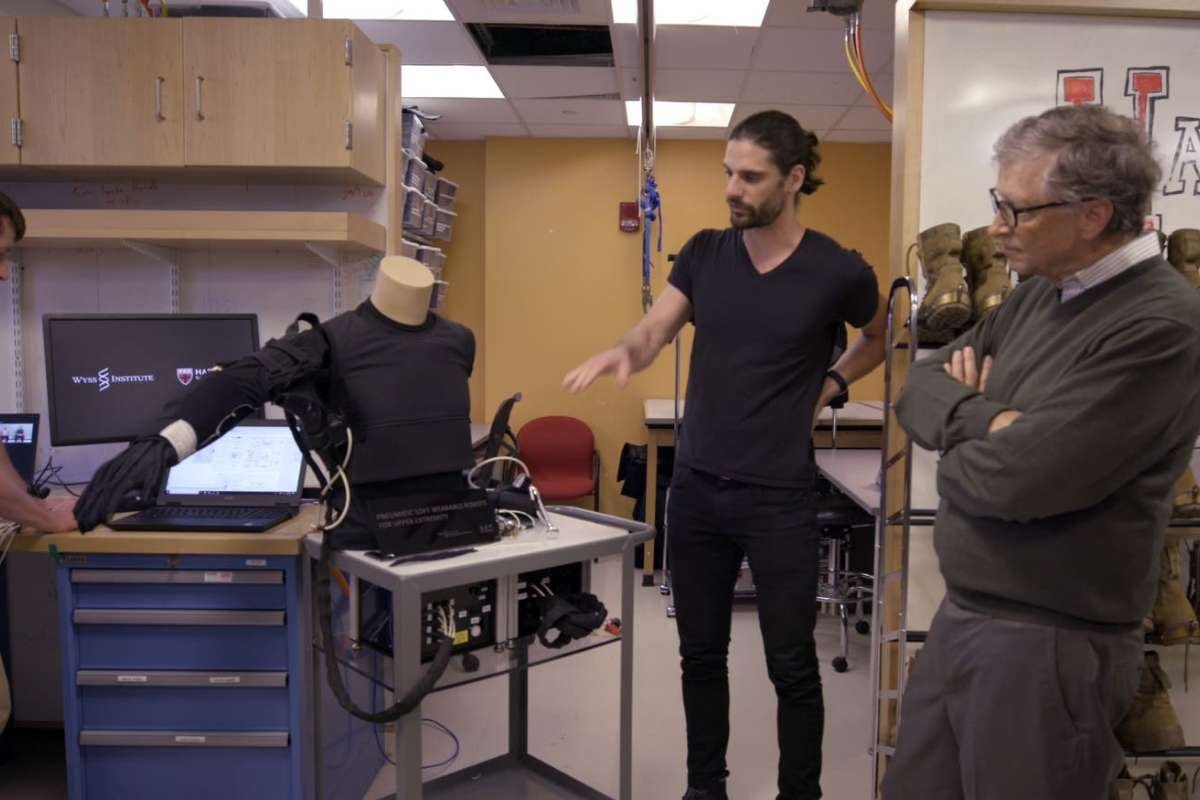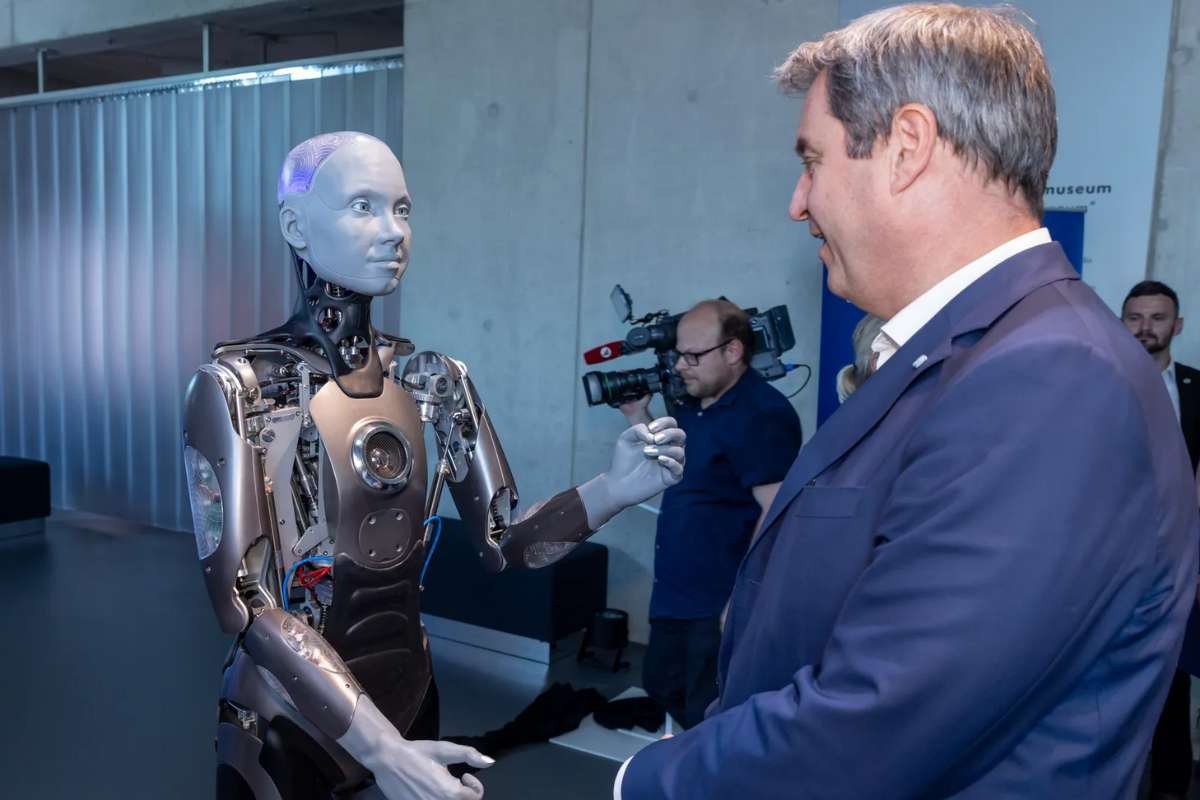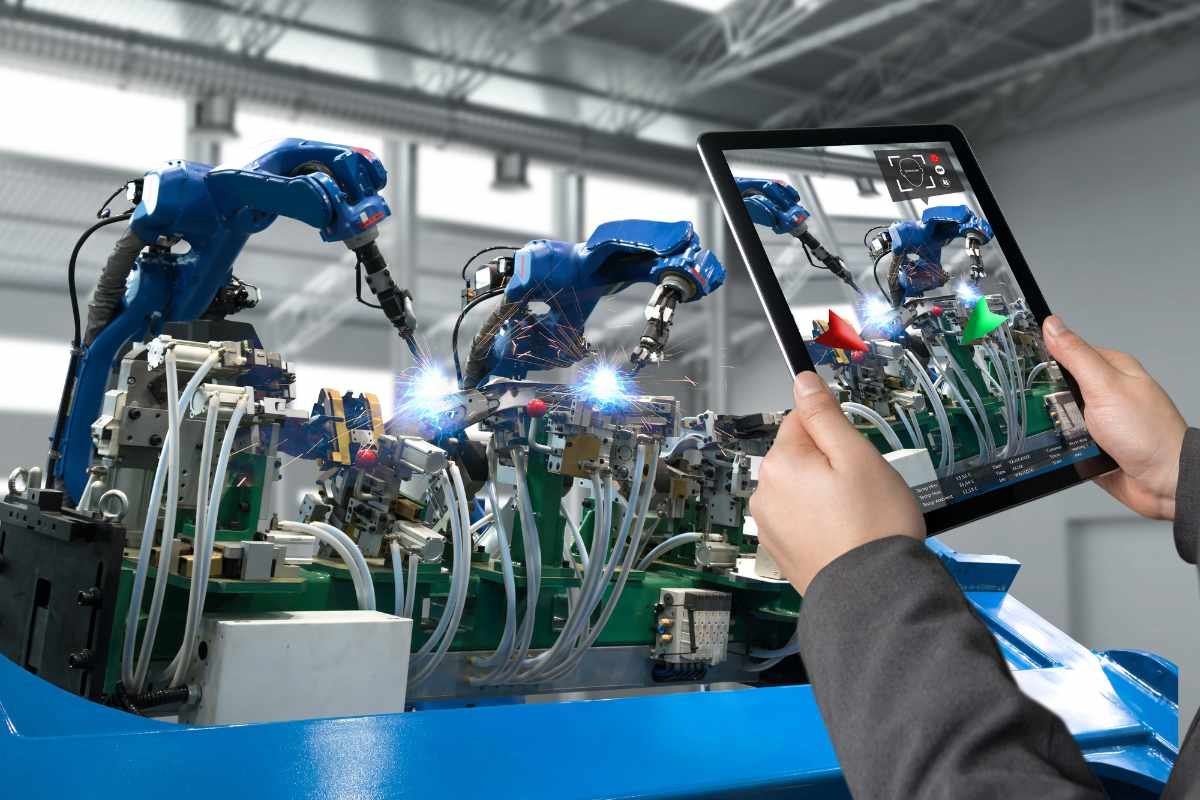The journey of robotics has been a breathtaking race from the pages of science fiction to the heart of our factories and homes. In mere decades, we’ve witnessed a monumental leap: clunky, single-task machines have given way to intelligent, adaptive systems that learn, interact, and even display emotional nuance. These aren’t just innovations; they’re the trailblazers redefining our very coexistence with technology.
In this article, we will explore the cutting-edge world of the most advanced robots, developing everything from healthcare and defense to personal companionship and the far reaches of exploration.
The Dawn of Human-Like Intelligence in Machines
Robotics was once synonymous with repetitive industrial tasks. However, modern AI and machine learning have infused robots with the ability to process language, understand environments, and make real-time decisions. The integration of neural networks and advanced sensors has allowed robots to operate in unpredictable environments, adjusting their actions like a human would.
One of the most notable examples is Sophia, developed by Hanson Robotics. Not only does Sophia understand speech and recognize faces, but she also engages in conversation with human-like expressions and emotional responses. While some view Sophia as a publicity tool, she remains a symbolic representation of the growing intersection between robotics and human interaction.
Breakthrough Robots Transforming Healthcare

Perhaps the most impactful application of robotics is in healthcare. Surgical robots like the da Vinci Surgical System have already performed over 10 million procedures worldwide. These systems offer unparalleled precision, minimizing surgical risks and reducing recovery times.
Meanwhile, robots like Moxi are revolutionizing hospital logistics. Developed by Diligent Robotics, Moxi assists nurses by delivering medications, retrieving supplies, and reducing manual workload. It is not just efficient; it’s also designed to be socially intelligent, navigating busy hospital corridors and interacting respectfully with staff.
These innovations highlight how the most advanced robots are not just replacing human labor; they’re amplifying it, allowing professionals to focus on more critical tasks while leaving routine activities to automation.
Robotics in Defense and Security

When it comes to national security, the stakes are incredibly high, and robots are becoming a vital component in defense strategies. Boston Dynamics’ Spot, a dog-like quadruped robot, has been deployed for surveillance, reconnaissance, and even search-and-rescue operations in hazardous environments. Its agility and durability allow it to traverse terrains that would be dangerous or inaccessible to humans.
Then there’s Ghost Robotics’ Vision 60, a rugged, autonomous robot capable of carrying payloads and executing missions in diverse weather and terrain conditions. With integrated sensors and AI-driven behavior, it provides real-time data to soldiers and commanders, offering a tactical edge in the field.
The deployment of these machines underscores how the most advanced robots are enhancing operational safety and situational awareness without placing human lives at direct risk.
Robotic Companions and Caretakers
The aging population and rise in mental health awareness have led to a boom in social robots. Pepper, created by SoftBank Robotics, is a humanoid robot that recognizes faces, interprets emotions, and provides companionship, particularly in elderly care facilities. Its intuitive interface and speech recognition capabilities enable meaningful interactions with users.
Another remarkable example is PARO, a therapeutic robot resembling a baby harp seal. Used in dementia care and therapy, PARO responds to touch, light, sound, and posture. Its calming presence and responsive behavior have been shown to reduce stress, anxiety, and loneliness in patients.
As emotional AI continues to evolve, we can expect these robotic companions to become even more attuned to our needs, both physical and emotional, proving that the most advanced robots can nurture as well as serve.
Robots in Space and Exploration
Earth isn’t the only frontier where robotics is making headlines. NASA’s Perseverance Rover is currently exploring Mars, equipped with AI capabilities to make autonomous decisions about where to go and what data to collect. Unlike its predecessors, Perseverance can identify rock samples that may show signs of ancient life and prepare them for future return missions.
Meanwhile, Robonaut 2, developed by NASA in collaboration with General Motors, was designed to assist astronauts aboard the International Space Station. With dexterous hands and advanced vision systems, it can perform tasks that are too dangerous or mundane for human astronauts.
In the realm of deep-sea exploration, robots like OceanOne, created by Stanford University, are diving into ocean depths previously unreachable by humans, using haptic feedback to give researchers a sense of touch.
These examples prove that the most advanced robots aren’t just bound to our cities and factories; they’re venturing into the most extreme and unexplored corners of our universe.
Also read: 15 Emerging Trends in Robotics and Automation
What Lies Ahead for Robotic Innovation?

The future of robotics will likely be driven by increased collaboration between AI, hardware design, and cloud computing. Edge AI, where data is processed locally on the robot rather than in the cloud, will make machines faster and more independent. Developments in soft robotics and bio-inspired movement will allow for greater adaptability and safety in human-robot interactions.
Ethical questions will also rise to the forefront. As robots become more autonomous, who is accountable for their decisions? How do we ensure that robotics benefits are distributed equitably across societies?
One thing is clear: we are only scratching the surface of what these machines can achieve. As advancements accelerate, the most advanced robots will not only mirror human capability but extend and elevate it across every domain imaginable.
Conclusion
No longer limited to the realm of science fiction, robots are here, intricately woven into the fabric of our daily existence. From revolutionizing healthcare in hospitals to assisting in our homes, from strategic operations on battlefields to daring explorations of distant planets, the most advanced robots are fundamentally transforming how we live, work, heal, and explore.
These aren’t just machines; whether they navigate on two legs, cross the Martian landscape, or offer empathetic companionship, they are actively pushing the boundaries of human potential. The future is not about humanity versus machines; it’s about the powerful, seamless synergy between them.









